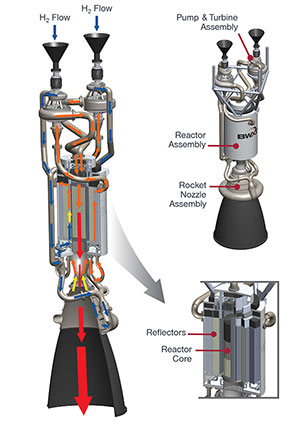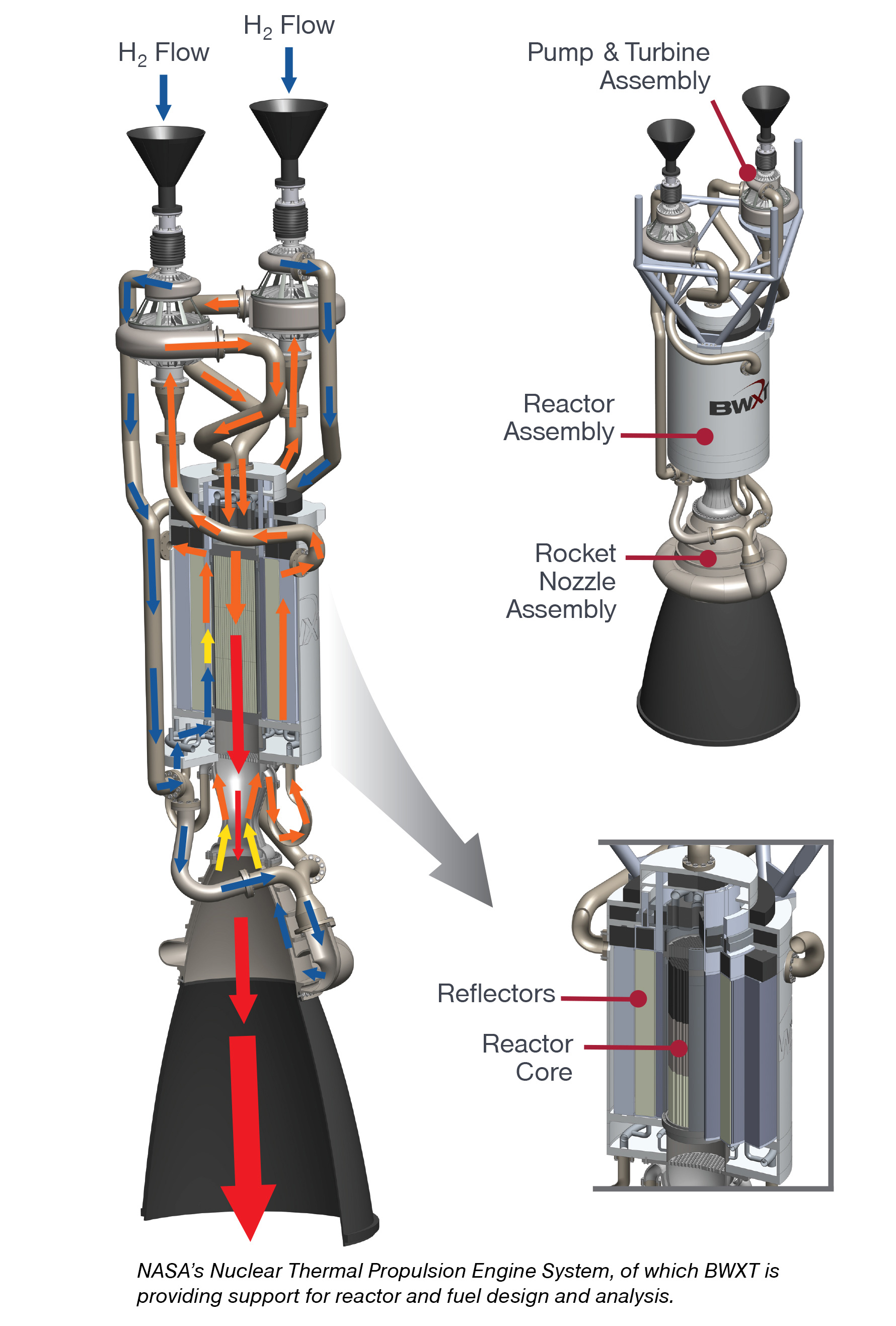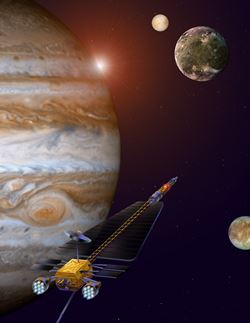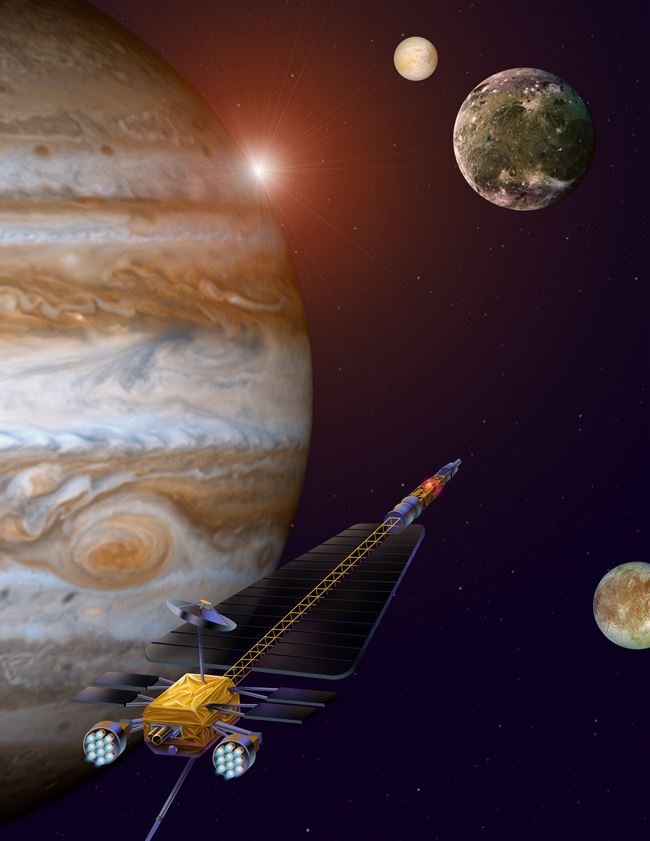Mars – Earth’s next-door neighbor, located “just” tens of millions of miles away. For decades, the idea of journeying to the Red Planet has fascinated humanity. Thanks to missions ranging from NASA’s first flybys in the 1960s to present-day land rover explorations on the Martian surface, we’ve collected copious amounts of data. And all the while, we’ve hoped to see a day when humans could actually set foot on Mars’ surface.
BWX Technologies, Inc. (BWXT) is working with NASA in an effort to bring a concept once perceived as science fiction to reality.
To reduce the development timeframe and costs for a Mission to Mars, BWXT is working with NASA on an in-space flight demonstration evaluation project. This project will require BWXT to provide important design and testing insights on operating an NTP system in space in the 2020s. BWXT is responsible for initiating conceptual designs for an NTP reactor. These designs will be included as part of the project to evaluate whether the integrated system will function as designed in space; they will ultimately lead to future systems designed to propel a spacecraft from Earth's orbit to Mars and back.
The NTP project seeks to dramatically decrease travel time to and from Mars while also increasing payload size. Compared to its chemical counterpart, a nuclear thermal rocket possesses twice the propulsion efficiency thanks to its high-thrust engine and its ability to accelerate propellant at high speeds. Given NTP’s advantages over traditional chemical propulsion systems, NASA estimates that this technology will reduce transit to the Red Planet from six months to just four months.






 Jupiter Icy Moons Orbiter
Jupiter Icy Moons Orbiter